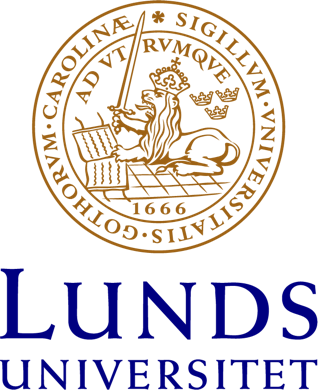Sökresultat
Filtrera
Filtyp
Din sökning på "*" gav 528922 sökträffar
No title
Globalization and Policy Changes for Small Countries
Coping with chronic illness: A qualitative study about coping with postpolio syndrome.
Agent perspective, objectivity and language
Rethinking tunnel evacuation strategies: Is there a better way to improve life safety?
Mellan vetenskaplig praktik och teoretisk retorik inom samtida feministisk teori
Förankringmetoder i byggprocessen - En kunskapsöversikt
Upgrading in Asian clusters: Rethinking the importance of interactive-learning
Evaluating strategies for visual search and stimulus discrimination: Implications for training eye movements
Eight experiments are described exploring the consequences of training eye-movements. Training is related to Findlay & Walker’s (1999) model of saccade generation, and consists of strategies for visual search and stimulus discrimination. These two components are separated in an effort to link training to the hypothesised Move and Fixate centres, respectively, within Findlay & Walker’s fram
From Micro to Macro Leadership
Ekonomiska stålbad och arbetslöshet i EU:s ingemansland
Two 16-state, rate R=2/4 trellis codes whose free distance meet the Heller bound
A Control-Loop Performance Monitor
A procedure for automatic monitoring of control-loop performance is presented. The control loop performance monitor (CLPM) detects oscillations in the control loop. These oscillations are normally caused by too-high friction in the control valve, but there are other reasons as well. The CLPM is primarily intended to be connected to PID controllers, but it can also be connected to other controllers
Tre års frihandelssamarbete med EEC
I SvJT 1974 s. 18 behandlades rättsfrågor, som frihandelsavtalet mellan Sverige och EEC kunde förmodas aktualisera. Denna artikel uppdaterar bedömningen och sammanfattar erfarenheterna från den första treårsperioden efter att 2/3 av den förutsedda övergångsperioden för tullavveckling förflutit. Artikeln redogör för de svenska överskottet i bytesbalansen som förbytts i ett underskott; skyddsåtgärde
The cradle of the medical research--and a Swedish genius
Methods for presenting planned environment
Sex differences in regional cerebral blood flow
Regional cerebral blood flow was measured by the 133-xenon inhalation method during resting in 38 healthy men and 38 healthy women matched pairwise for age in the range 18-72 years. The results showed 11% higher global flow level in the women in all ages. A similar and significant regression of flow by age was seen for both sexes. The regional flow distribution also showed some sex-related differe
Star product and the general Leigh-Strassler deformation
We extend the definition of the star product introduced by Lunin and Maldacena to study marginal deformations of N=4 SYM. The essential difference from the latter is that instead of considering U(1)xU(1) non-R-symmetry, with charges in a corresponding diagonal matrix, we consider two Z_3-symmetries followed by an SU(3) transformation, with resulting off-diagonal elements. From this procedure we ob
